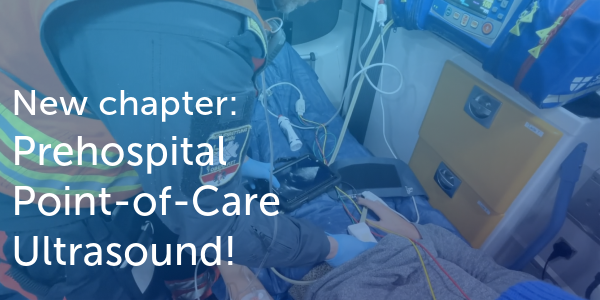5.1. Role of echocardiography
Echocardiography plays an important role in patients with dilated cardiomyopathy. It enables the clinician to establish the diagnosis, determine the severity of the condition, obtain prognostic information, and monitor therapy. As a rule, dilated cardiomyopathy is easily diagnosed by echocardiography, especially in patients with very poor left ventricular function (advanced forms). However, it may be “tricky” in mild or subtle forms of the disease.
Video Platform Video Management Video Solutions Video Player Short-axis view of a patient with “borderline left ventricular function”. Does the patient have dilated cardiomyopathy? Video Platform Video Management Video Solutions Video Player Severely reduced left ventricular function (global dysfunction). The diagnosis of cardiomyopathy is straightforward and easily established.Echocardiography should also be used to differentiate dilated cardiomyopathy from other conditions such as valvular heart disease, hypertensive heart disease, or coronary artery disease. This is important because these entities require different therapeutic strategies.
Dilated cardiomyopathy is the most common type of cardiomyopathy throughout the world. Its prevalence in adults is approximately one per 2500. The overall incidence is seven per 100,000 per year.Imaging studies in patients with dilated cardiomyopathy require a good understanding of hemodynamics and functional pathology. In conjunction with the patient’s clinical appearance, this information constitutes the basis of optimal treatment.
Early diagnosis of dilated cardiomyopathy is important in terms of prognosis.The following chapter will help you to understand dilated cardiomyopathy and its etiology. You will learn how to diagnose the condition and identify the echocardiographic features of the disease. In addition, you will learn more about the sequelae of dilated cardiomyopathy, how to interpret these, and what they mean for the prognosis and management of patients. Specific forms of dilated cardiomyopathy will be discussed in section on the etiology of dilated cardiomyopathy.
